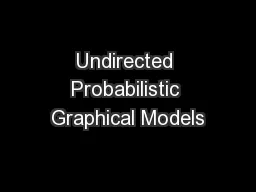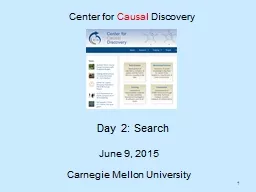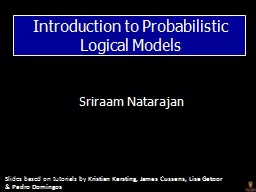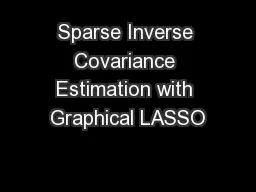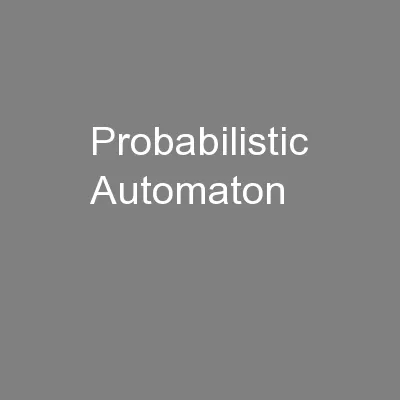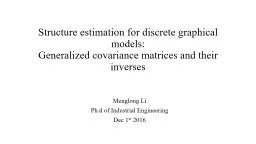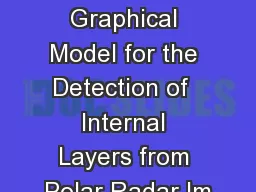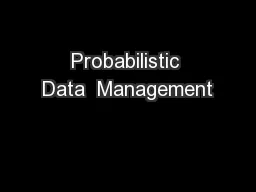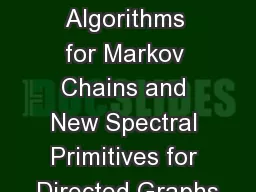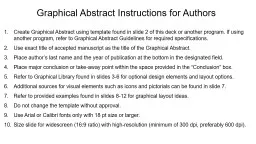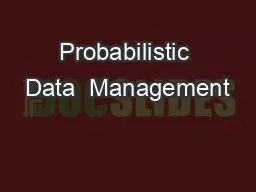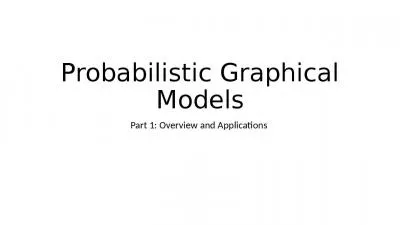PPT-Undirected Probabilistic Graphical Models
Author : tatiana-dople | Published Date : 2016-07-07
Markov Nets Slides from Sam Roweis Connection to MCMC MCMC requires sampling a node given its markov blanket Need to use P xMB x For Bayes nets MBx contains
Presentation Embed Code
Download Presentation
Download Presentation The PPT/PDF document "Undirected Probabilistic Graphical Model..." is the property of its rightful owner. Permission is granted to download and print the materials on this website for personal, non-commercial use only, and to display it on your personal computer provided you do not modify the materials and that you retain all copyright notices contained in the materials. By downloading content from our website, you accept the terms of this agreement.
Undirected Probabilistic Graphical Models: Transcript
Download Rules Of Document
"Undirected Probabilistic Graphical Models"The content belongs to its owner. You may download and print it for personal use, without modification, and keep all copyright notices. By downloading, you agree to these terms.
Related Documents

